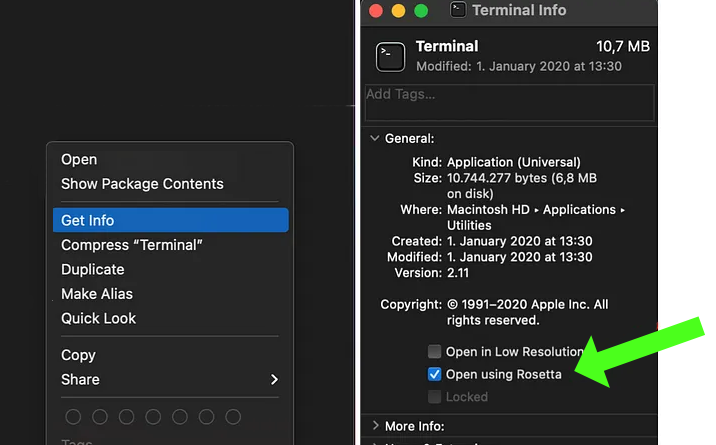SPX installation steps
SPX Team
Last Update há 10 meses
Installation of the pre-built binary version of SPX follows these steps
- Download
- Unzip
- Fix install issues (Mac and Linux only)
- First run
- Configuration
- Use
Download
Get the most recent application from spx.graphics/download. Older binary versions are listed in the release notes -document, but the use of these is not recommended since newer templates may have features not available in the old version of the application.
If you are interested in running the source code, please see the GitHub source code repository. This is only recommended for developers who are comfortable with NodeJS technology, npm registry, and git repositories.
Unzip
Uncompress the zip file to the folder where you want to run the SPX application.
Fix installation issues (Mac and Linux only)
Please note: these issues were fixed in SPX v.1.0.12 (Apr 2021) but instructions are still valid for earlier versions.
- Make the file executable. In some instances, the Linux and Mac operating systems may not treat the file as "a program" which prevents execution entirely. See KB article How to make a file executable
- Use installation directory. This is a Mac-specific issue that causes files to generate to users' home-directory and not the "current" directory. See KB article Files generated to a wrong folder on a Mac
There are a couple of installation issues on Linux and Mac operating systems that need to be fixed manually.
- Open a command line (aka prompt, terminal, console...)
- Navigate to the folder where the zip was extracted to with cd <path> command
- Issue a command sudo chmod +x ./SPX_linux64 on Linux or sudo chmod +x ./SPX_macos64 on Mac to add executable permission to the file
"...is damaged and can’t be opened. You should move it to the Trash...”
Some users on a Mac have reported they are getting an error message "App is damaged and can’t be opened. You should move it to the Trash". The root cause of this is unknown but macOS has added an extended attribute to the file which prevents using the file. This can be fixed with a Terminal command "xattr". Please read this article for more information. https://osxdaily.com/2019/02/13/fix-app-damaged-cant-be-opened-trash-error-mac/
Port in use -error
In some situations the default port 5000 may already be in use by another process and this prevents SPX from starting and you will get an error message:
Error: listen EADDRINUSE: address already in use :::5000
SPX exit! (Errorcode 3: Port is already in use on this machine.)
If you get this error, please open SPXROOT/config.json in a text editor and change the port to 5001, save the config file and try to launch again.
Default port 5000 was changed to 5656 in version 1.0.16.
Bad cpu type in executable -error
Some users have indicated an error message on M1 Mac and SPX application "bad cpu type in executable". This can be fixed by using Rosetta to run the Terminal process (Terminal > Get info > Open using Rosetta) and then issuing the command to run the SPX server.

First run
During the first run, the application will generate a config.json file with default values and it will also generate folders LOG and DATAROOT to the installation directory. When SPX url is opened in a browser it asks for the password policy.
By default, there is a setting [ "launchchrome": "true" ] in config.json to launch Chrome browser at server startup, and this can be disabled by setting the value to false.
Configuration
All global configurations are stored in the config.json file and can be modified with a text editor or from within the SPX > Configuration view.
Please note: the application needs to be restarted whenever changes are done to the configuration. If config.json is removed, the application will generate it again with default values at the next start.
Use
Now the application is ready to be used. For more information see other articles in this Knowledge base.

